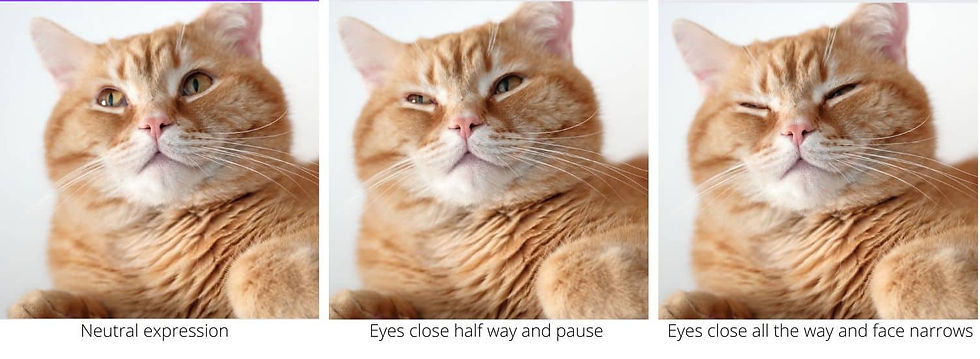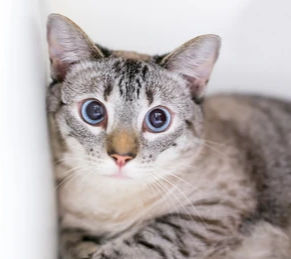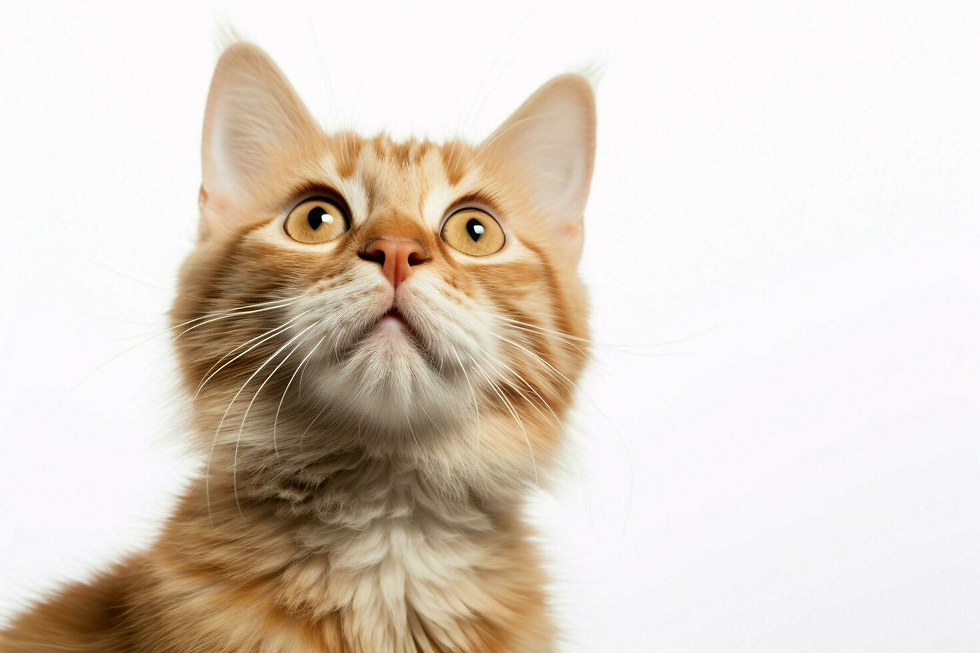Cat Behavior Explained: Why Your Cat Kneads, Purrs, and Zooms Around🐾
- Iqra Shaikh
- 5 days ago
- 3 min read
📌 What This Blog Contains
🧠 Decoding Cat Behavior
Cats are mysterious creatures, but their behavior often follows patterns rooted in instinct. Understanding these behaviors can help you build a stronger relationship with your feline friend and prevent misunderstandings.
🐱 Feline Body Language
🐾 Tail Talk
Upright tail = Happy and confident

Puffed tail = Frightened or agitated

Slow tail flicking = Annoyed or overstimulated

👀 Eye Movements
Slow blink = Trust

Dilated pupils = Excitement, fear, or hunting mode

Hard stare = Defensive or confrontational

👂 Ear Position
Forward = Curious or relaxed

Sideways/back = Nervous or irritated

Flattened = Frightened or aggressive

🛏️ Common Cat Habits Explained
1. Kneading
Cats knead soft surfaces with their paws because it's comforting. It’s a kitten instinct that carries into adulthood.
2. Zoomies (Sudden bursts of energy)
Often seen after using the litter box or at night — it's a release of pent-up energy or instinctual “hunt and chase” behavior.
3. Hiding
It’s not always a sign of fear. Cats often seek safe, enclosed spaces to rest and recharge. However, frequent hiding could indicate stress or illness.
4. Scratching Furniture
This helps cats stretch, mark territory with scent glands, and sharpen claws. Provide vertical and horizontal scratching posts to redirect this behavior.
🧩 Strengthening Your Bond
Interactive Play: Use wand toys and laser pointers to mimic hunting
Respect Personal Space: Let your cat initiate affection
Consistent Routine: Feeding and playtimes at the same time daily reduce anxiety
Enrichment: Window perches, puzzle feeders, and safe outdoor time (like a catio) keep your cat mentally stimulated
🚨 Behavioral Red Flags
Sudden aggression or withdrawal
Litter box avoidance
Overgrooming or hair loss
Change in appetite or vocalization
These could be signs of stress, illness, or environmental issues and may need a vet’s attention.
🧠 Final Thoughts
Understanding cat behavior isn’t about control — it’s about connection. When you recognize the signals behind your cat’s actions, you build a deeper bond and prevent miscommunication. Whether it’s a flick of the tail or a midnight zoomie, every action has a meaning.
💡 Pro Tip
Keep a behavior journal for your cat. Noting patterns in meowing, aggression, or litter habits can help you spot changes early — whether it’s stress, illness, or a need for enrichment.
📌 Summary
Cats communicate through body language, vocalization, and routines.
Scratching, hiding, or kneading have instinctive purposes.
Unusual behaviors often signal stress, health issues, or unmet needs.
Respecting their cues helps you create a cat-friendly, trusting environment.
❓FAQs About Cat Behavior
1. Why does my cat follow me everywhere?
It’s a sign of attachment or curiosity. Your cat sees you as a source of comfort or entertainment.
It’s instinctual — your cat is “sharing the hunt” with you as a sign of affection.
3. Why does my cat suddenly bite during petting?
Known as overstimulation aggression. Learn your cat’s body language to stop before it reaches that point.
4. Is it normal for cats to sleep all day?
Yes! Cats sleep 12–16 hours daily. It's completely normal, especially for indoor cats.
5. Can cats get depressed?
Yes. Major changes like moving, losing a companion, or boredom can trigger feline depression. Enrichment and routine can help.
👉 Read Next:
Also a dog parent?
Check out our ultimate dog care guide
Follow us on:



Comments